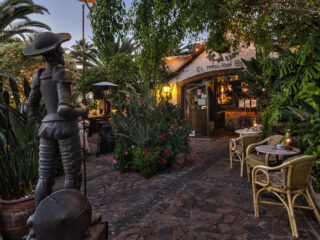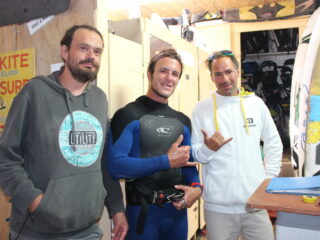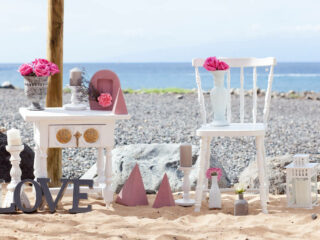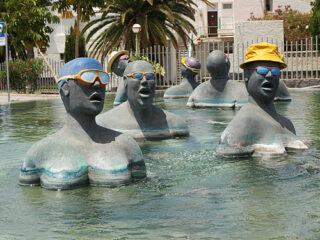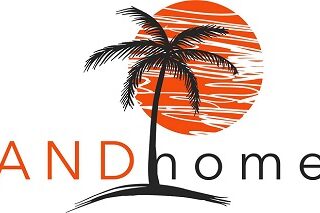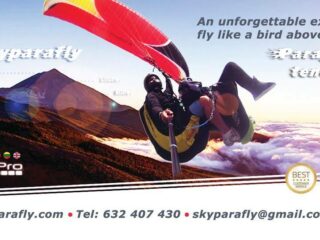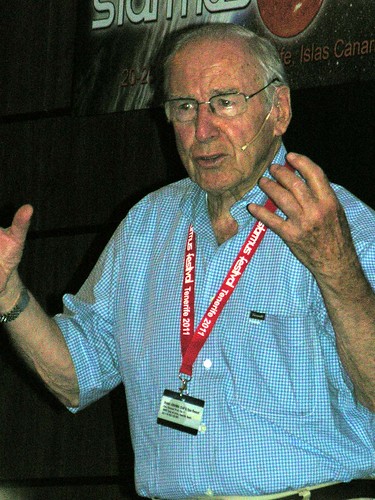
Liquid oxygen venting into the blackness of space, two of three fuel cells dead, and heading for the moon 200,000 miles from Earth, the phrase Houston we have a problem has to be the understatement of all time. When Apollo 13 captain Jim Lovell (above) broadcast those words to mission control in 1970 he must have doubted if he would live to tell the tale. Now a sprightly 83 he was captivating an audience of international scientists, astronomers and space enthusiasts at the Starmus Festival at Abama Golf and Spa Resort on Tenerife’s west coast.
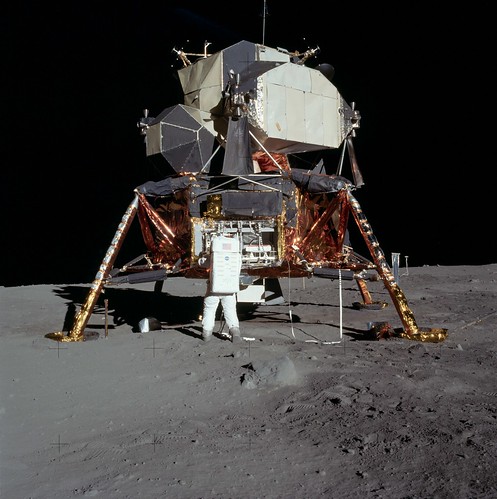
Jim was just part of a constellation of guest speakers for the week’s event. As a boy I remember the excitement and tension of the pioneering days of space travel and now I was witnessing a first hand account from three genuine Apollo legends. First up was Bill Anders (below) a fellow crew member of Jim Lovell on Apollo 8 and previously involved in the Mercury (one man crew) and Gemini (two man) projects. The bond of camaraderie and friendship between these spacemen has endured down the years, Bill bounced a joke off Jim in the audience, referring to the cramped Gemini capsule he shared with Frank Boorman didn’t you two get engaged after that flight?
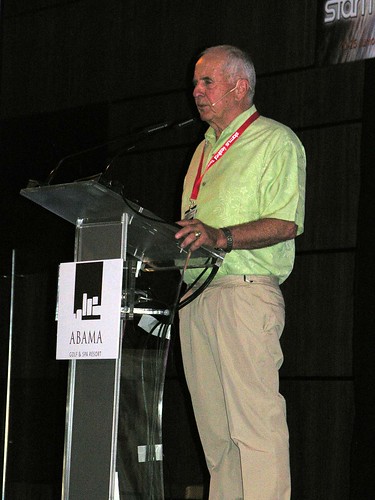
The risks were never higher than in the early years. A fire in the command module of Apollo One on the test pad killed all three astronauts but Bill sees their legacy in the form of lessons learned. It exposed a whole lot of problems that needed to be tackled, the lessons we learned from the tragedy paved the way for the rest of the programme.
Jim Lovell had the steepest learning curve of all when an oxygen tank exploded and damaged its twin. Mission control didn’t initially believe the seriousness of our situation when I reported it, they were sure our technical readouts were misleading due to solar flares but I knew, that’s when I felt that lead weight in my stomach.
A mammoth salvage effort saw the Apollo 13 crew cannibalise the lunar module to propel the crippled service module home. The lunar module was made for just two people and had no heat shields, we also had to invent a way to filter our air so that we didn’t poison ourselves. That 4.5 minute engine burn behind the moon got us going but there were still problems correcting out course manually with short thrusts timed by my watch as most of the gauges including the clock were off.

The tension at mission control played out to world television audiences and even the re-entry and splash down was an unknown quantity as the parachutes hadn’t been maintained when the power went down. Later Jim co-wrote the book that became a film with Tom Hanks playing his part.
Charlie Duke became the 10th of only 11 men to walk on the moon with Apollo 16. These later missions pushed on with the scientific experiments and we had the lunar rover to help us. The tyres were made of woven compressed piano wire, that worked really well as it gave us good traction. Unfortunately in our space suits we had no rear vision so that made reversing the lunar rover difficult, we got round that by lifting it and turning it around ourselves thanks to the zero gravity effects.
These were changing times and only Apollo 17 followed. NASA cancelled Apollo’s 18, 19 and 20, that was a shame as we had the equipment working well. About that time they announced the space shuttle programme but they should have found a way to keep using the Saturn 5 rockets that Apollo used, they haven’t been bettered and the shuttles are excessively expensive.

The three space pioneers, combined age 235, united on stage to take questions. It was clear that they shared a huge respect for mission control and the technical crews that backed their missions. Bill Anders looked to the future. Mars landings will come eventually but not with chemical rockets, they will have to be nuclear powered. Charlie scuppered any hopes for tales of extra terrestrial encounters. We all got to see all the de-briefings after the missions and not one astronaut had anything of that sort to report.
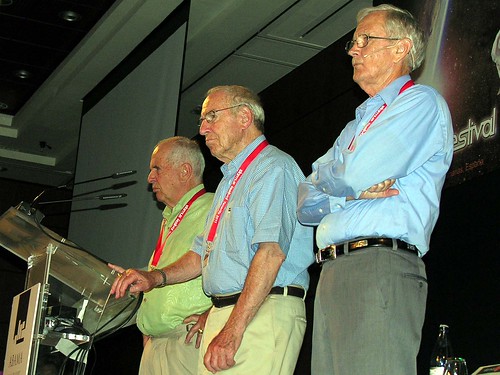
Apollo was a glorious age of exploration and the testimony of these three remarkable men brought it to life for the eager, appreciative audience. Suddenly those 4 hour plane flights seem very ordinary.
